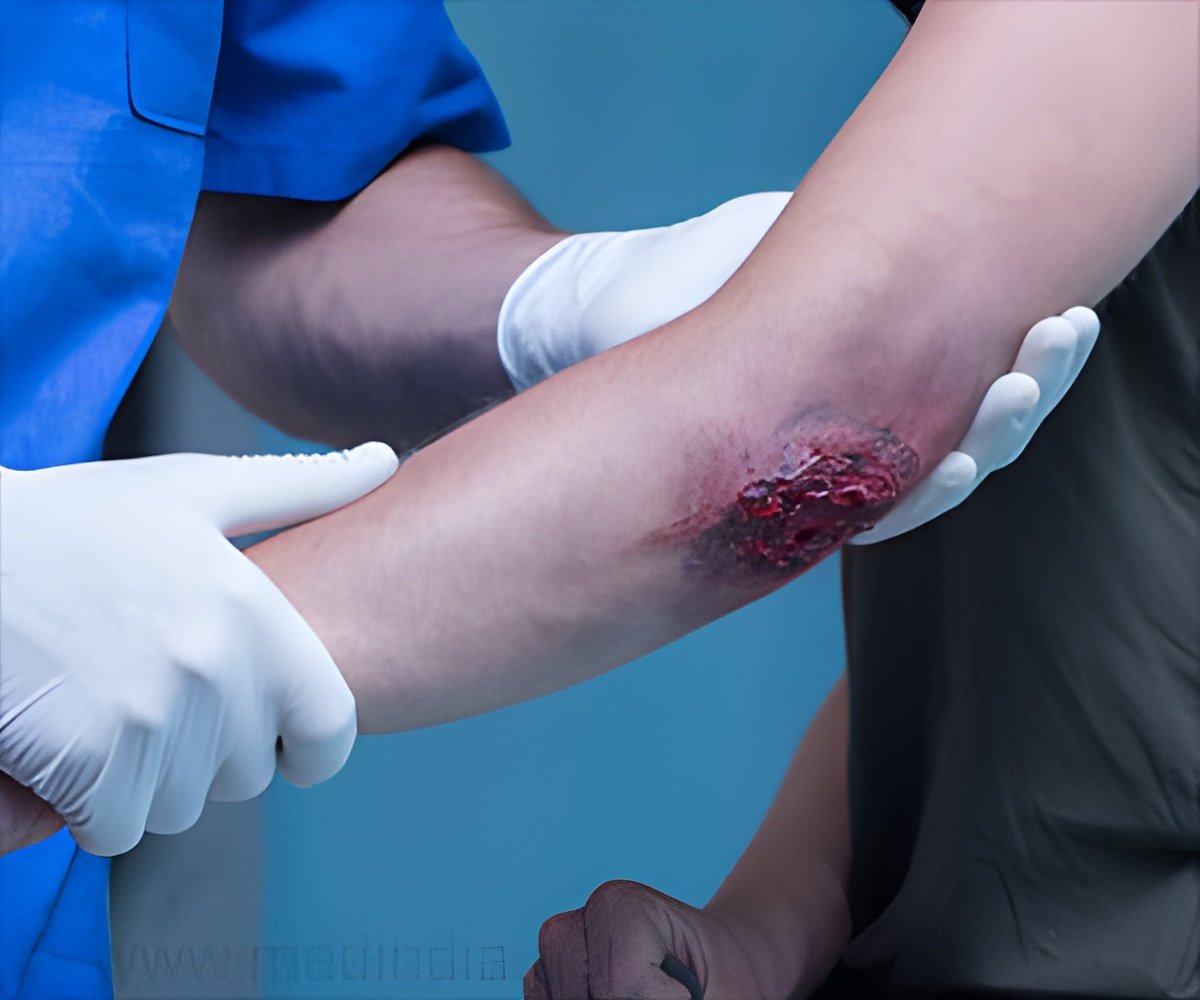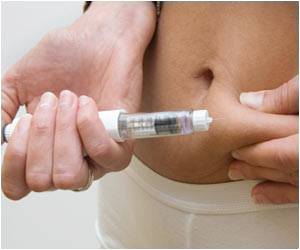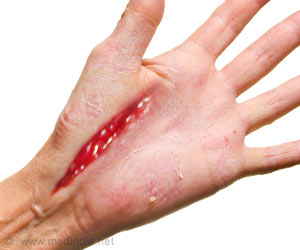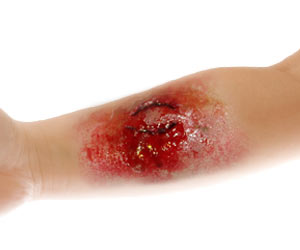
‘Fungal communities are associated with poor outcomes and slow wound healing process and also lead to complications such as bone infection and amputation.’
Tweet it Now
"Chronic wounds are a silent epidemic," says Elizabeth Grice, assistant professor of dermatology and microbiology at the University of Pennsylvania in Philadelphia and senior author on the study. "They usually occur in conjunction with another disorder such as diabetes or obesity, but once a chronic wound occurs, it requires a lot of healthcare and has a devastating effect on a patient's quality of life."The American Diabetes Association estimates that more than 7 million diabetics in the US will have a diabetic foot ulcer in their lifetime, and 15 percent will end up with a lower limb amputation. Healthcare for chronic wounds in the US costs tens of billions of dollars each year.
Grice and postdoctoral researcher Lindsay Kalan wanted to know which fungal species make up the communities thriving deep inside a chronic wound and what roles they might play in impaired healing. This represents a "huge missing piece" of chronic wound research, says Grice.
All of the ulcer patients were given the same medical care. A team led by Sue Gardner, professor of nursing at the University of Iowa, sampled patients' deep wound fluid every two weeks. Those samples were sent to Grice and Kalan for genetic sequencing and identification of the fungi residing in the wounds.
The team found that 80 percent of the wounds harbored fungi--much higher than previous estimates--from 284 different species. The most abundant fungus, Cladosporium herbarum, was found in 41percent of the samples, and the human pathogen Candida albicans was next most abundant, in a little over one-fifth of the samples.
Advertisement
Kalan looked at two patients' wounds more closely to determine if their stable communities of microbes could grow biofilms, which are thought to keep many chronic wounds festering.
Advertisement
"Lindsay showed very nicely that the fungi interact with the bacteria, potentially making biofilms within wounds," says Grice. "You can't properly target treatment if you are missing that critical interaction."
Kalan says the study is the first step toward better understanding chronic wounds and develop better ways to treat them: "There are polymicrobial interactions within these wounds. It's important to look at the fungal and bacterial communities and how they interact with each other and the immune system to impair or promote healing."
The report, the first deep characterization of the fungi found in diabetic foot ulcers, is published in mBio , an online open-access journal of the American Society for Microbiology.
Source-Eurekalert












